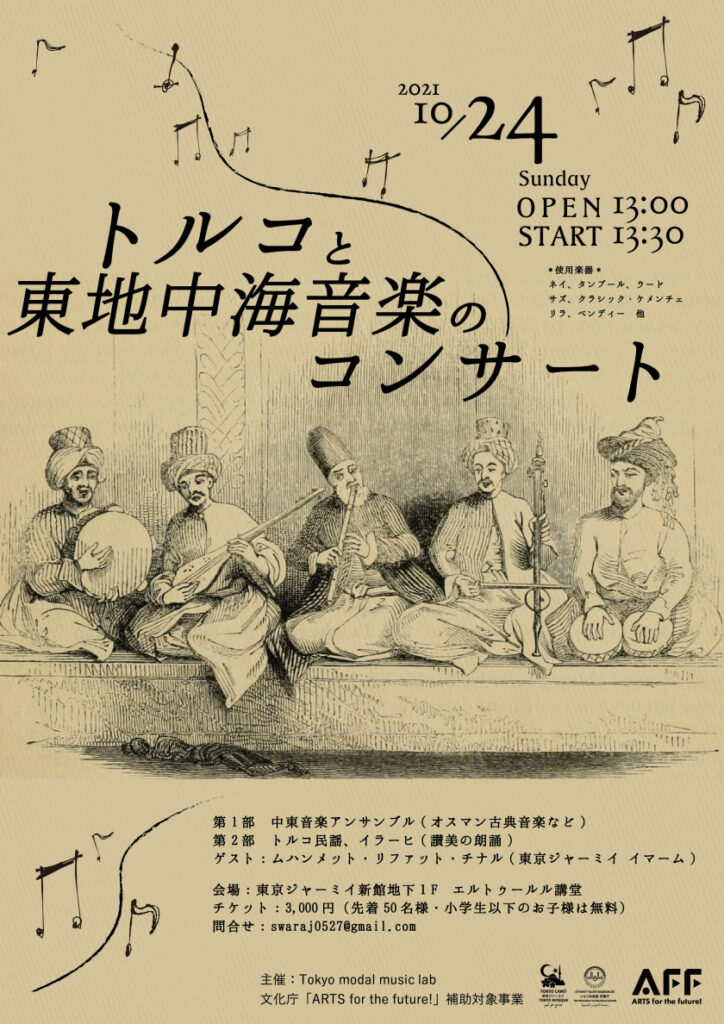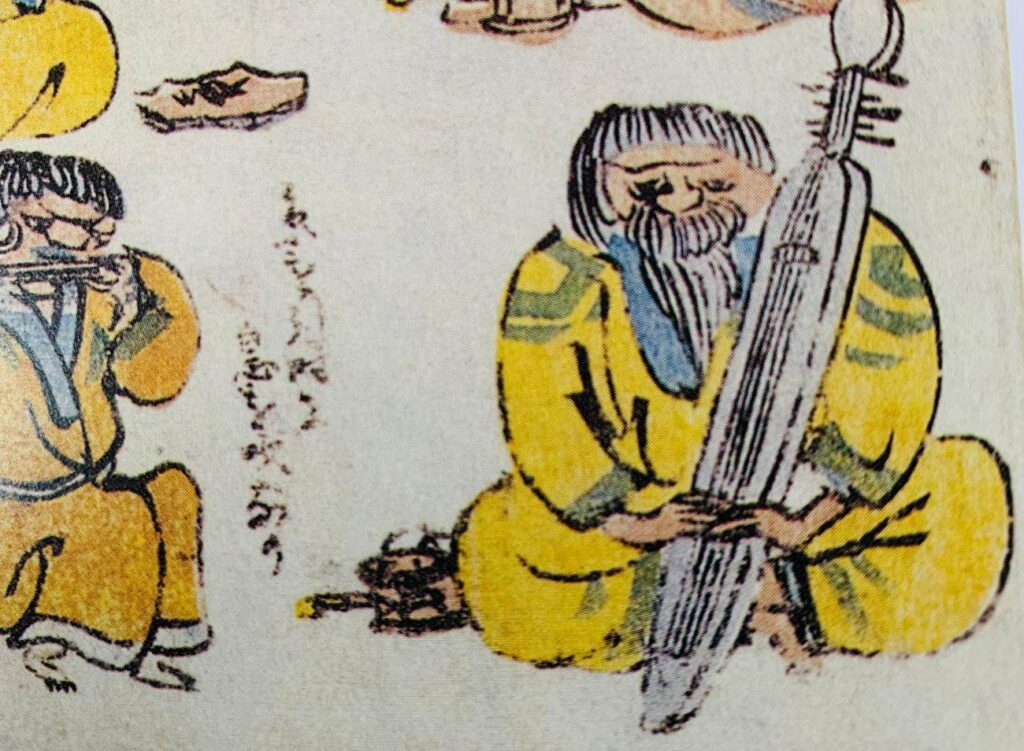Have you ever heard of Tonkori, a traditional instrument of the Ainu people?
Tonkori is a beautiful stringed instrument that looks like a long, narrow boat.
It is known as the instrument of the Sakhalin Ainu.
Reference: Manual for Reproducing Ainu Life and Culture
So that’s it.
Today, I would like to talk about the connection between the roots of the northern people’s instruments and the Caucasus.
Today, I’ll take a deeper look at the connection between the root instruments of the northern people and the Caucasus from the perspective of a stringed instrument player.
Tonkoli has its roots in the Caucasus
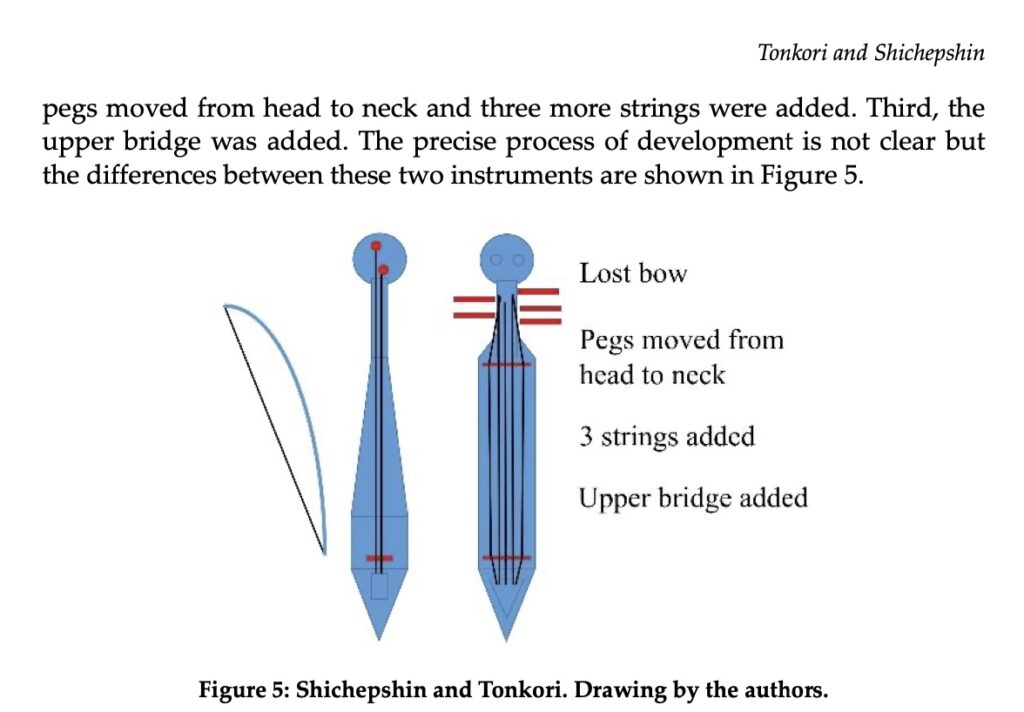
According to a paper introduced by Dr. Itsuji Tungiku, Associate Professor at the Center for Ainu and Indigenous Studies, Hokkaido University
According to the paper introduced by
a Caucasian folk instrument called Shichepshin.
- Tonkori is plucked with the fingers
- Sipchessin is plucked with a bow
Playing with fingers and
with the bow.
There are some differences between the two, but when you put them together, they are very similar.
Caravan trade connecting the Caucasus and Sakhalin
So, where is the Caucasus?
It’s south of Russia and north of Iran.
The Caucasus is far away from the Eurasian continent.
It is a whopping 10,000 kilometers away from Sakhalin.
According to the data, the caravan trade route was already established in the 17th century (about the beginning of the Edo period).
According to the data, there was already a caravan trade route in the 17th century.
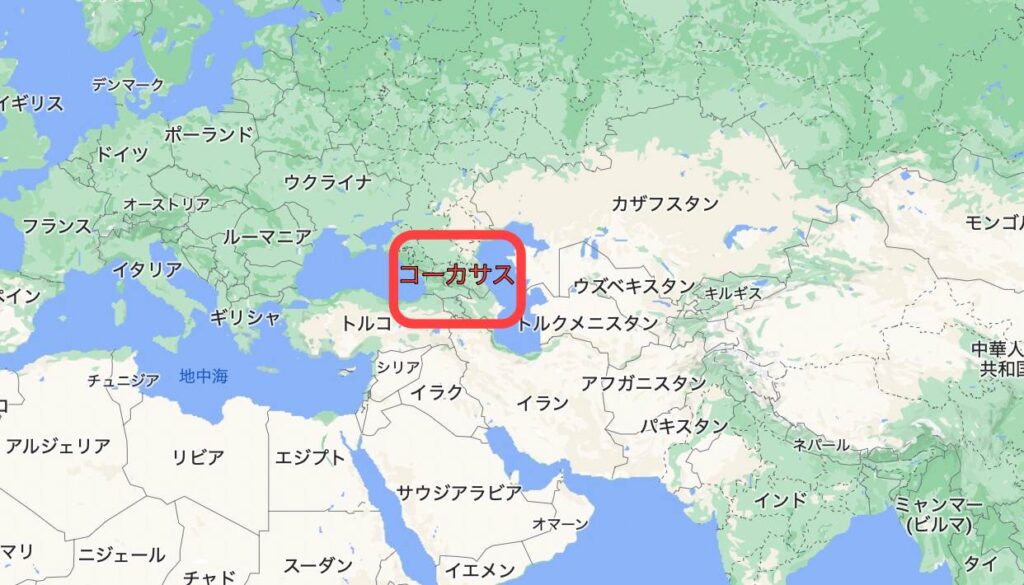
There was already a route between the two in the 17th century, and in fact, in 1648, Cossacks led by Vasiliy Poyarkov came to Sakhalin via the Amur region.
Tonkori and shipcheshin quoted page from414
The sipchesin, a stringed instrument, is said to have been brought to Sakhalin.
Later, after the treaty between Russia and the Qing
After the treaty between Russia and
Trade was blocked and
After the treaty between Russia and the Qing Dynasty, trade was blocked and it became difficult to obtain horsehair, which was also used to make bows.
As a result, the tonkori, a stringed instrument played with the fingers rather than the bow, took root as the instrument of the Ainu people.
Later, Japanese explorers such as Rinzo Mamiya came to Japan and recorded the tonkori in their literature.

The Cossacks lost their route of entry to Sakhalin Island. If Sipchessin was brought by this route, the period would be limited to only 41 years, from 1648 to 1689. This hypothesis may also explain why tonkoli suddenly appeared in the literature in the 18th century.
Tonkori and shipcheshin quoted page from414
トンコリのルーツがバイオリンに?
コサックのキャラバンとともに伝えられたと
されるトンコリ、ですが
パキスタンの山岳地帯を旅したときに、
トンコリのルーツとされるシプチェシンそっくりな楽器に出会いました。
The northwestern part of Pakistan is covered with rugged mountains and has been a hub of caravan trade along the Silk Road since ancient times.
It was a transit point between Central Asia and South Asia.
The fortress, which used to be a royal palace, has been turned into a museum where a stringed instrument that looks just like a tonkori is on display.
Such instruments, which are not found in the West today, are
introduced to Europe during the Arab-Andalus period, when what is now Spain and the Iberian Peninsula
It is thought to have been introduced to Europe during the Arab-Andalus period, when Spain and the Iberian Peninsula were under the control of the Islamic Empire.
It is thought to have been the origin of the violin.
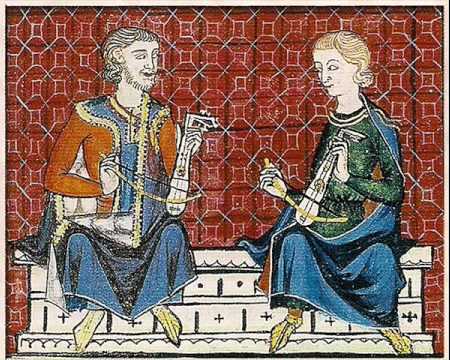
The origin of the violin is very similar to that of the tonkori, which was introduced to Sakhalin.
It is not a coincidence that the roots of the violin are very similar to those of the tonkori.
Tokyo modal music is planning to hold a concert at Tokyo Jamii Turkish Cultural Center on October 24.
Tokyo modal music is planning a concert of the roots of string instruments at the Tokyo Jermiy Turkish Cultural Center on October 24.
Not only this occasion, but we will continue to contribute to the chance for diverse cultures to interact through music and instruments on a regular basis.
